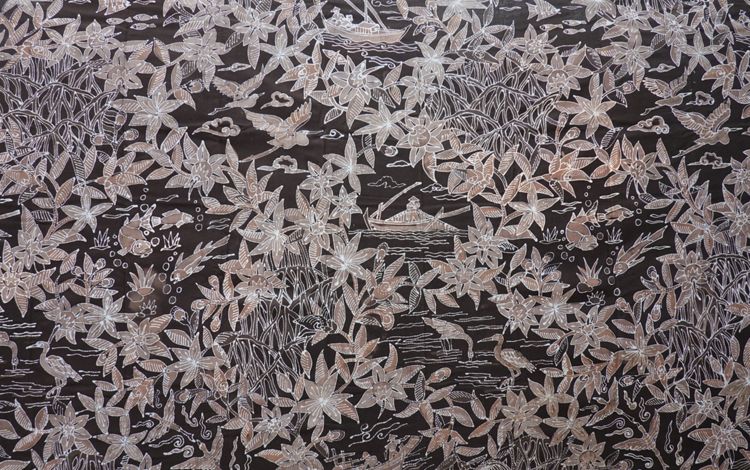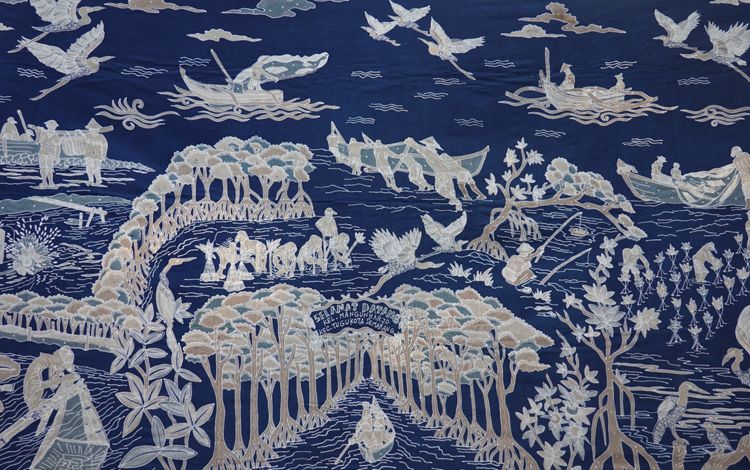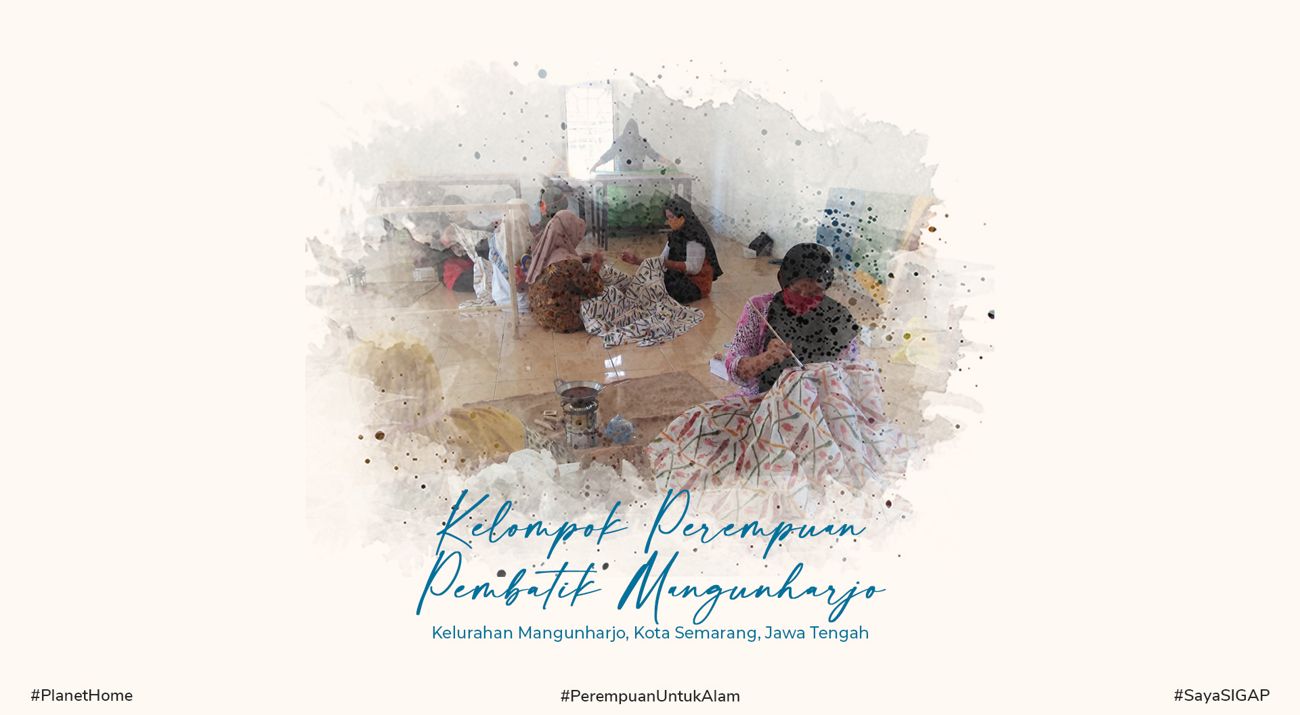Batik is a historical and cultural legacy of Indonesian ancestors. The patterns painted in Batik do symbolize not only a certain meaning but also tell a story. This storytelling was what batik crafters, who were primarily women, did in Mangunharjo Subdistrict, Semarang City, Central Java. On their hands, canting became the tools to carve the story of the coastal community and mangrove ecosystem.
Mangrove batik has been a women’s tradition in Mangunharjo Subdistrict. The community became more protective of this tradition as tidal floods (Rob) and abrasion increased due to declining mangroves in Mangunharjo. The community realized the importance of the mangrove ecosystem and expressed it through batik.
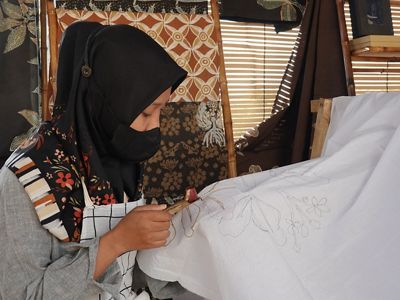
For the community of Mangunharjo Subdistrict, mangrove contains special meaning. Most locals in this area work as fishers or aquaculture farmers. Their livelihoods depend on the mangrove ecosystem. An integrated coastal management strategy is necessary to sustain this mangrove ecosystem. From September 2019 to September 2021, Mangunharjo became a working site for Mangrove Ecosystem Restoration Alliance (MERA) program. Aside from its ecological aspect, the integrated coastal approach also focused on the socio-economic aspect, including livelihood.
Through Mangrove Ecosystem Restoration Alliance (MERA) program framework, Yayasan Konservasi Alam Nusantara (YKAN), together with the Mangunharjo Subdistrict community, supported by PT Djarum, identified a flagship economy sector that supports sustainable coastal and marine resources management efforts for the improvement of the community’s living standards. The identification effort that used Communities Inspiring Actions for Change (Aksi Inspiratif Warga untuk Perubahan or SIGAP) discovered that mangrove batik was one of the potential flagship products of the Mangunharjo Subdistrict community.
One of the challenges in developing mangrove batik in Mangunharjo Subdistrict was related to marketing. Therefore, to support the sustainability of this community business, a cooperative was built. This cooperative was expected to boost the business in product marketing and quality control efforts. Mangunharjo Subdistrict Government, supported by Yayasan Konservasi Alam Nusantara dan PT Djarum, initiated the Raharjo Mandiri Multipurpose Marketing Cooperative on February 24, 2020. This cooperative was officiated by the Ministry of Law and Human Rights on April 2, 2020, through the Decree of Ministry of Law and Human Rights No. AHU-0003139.AH.01.26. Year 2020.
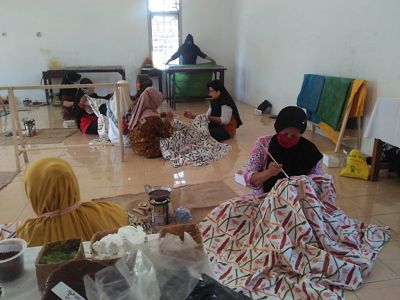
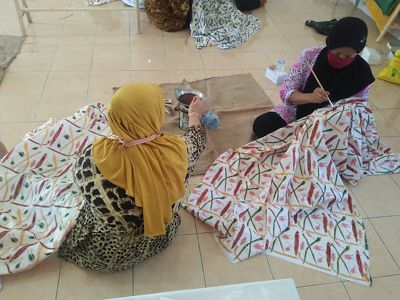
Furthermore, several strategies were implemented to support mangrove batik development in Mangunharjo Subdistrict. For its production, there was the implementation of strategies for developing new batik patterns, using natural colorings from mangroves and other plants, and developing natural coloring techniques to create new and more alluring batik products with competitive prices. For its sustainability, the Waste Water Processing Installation (Instalasi Pengolahan Air Limbah or IPAL) was developed to contain the effect of environmental pollution. Last but not least, the community batik crafters’ capacity, capability, and professionalism were improved, and the networks to support the product marketing were also developed.
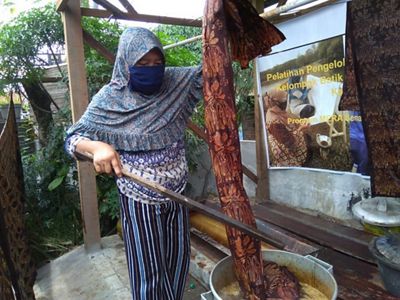
Through mangrove batik, women of Mangunharjo have a platform to create and tell their perspective and local wisdom while protecting the nature that has conserved their culture and community from their previous generation to their future generation.

